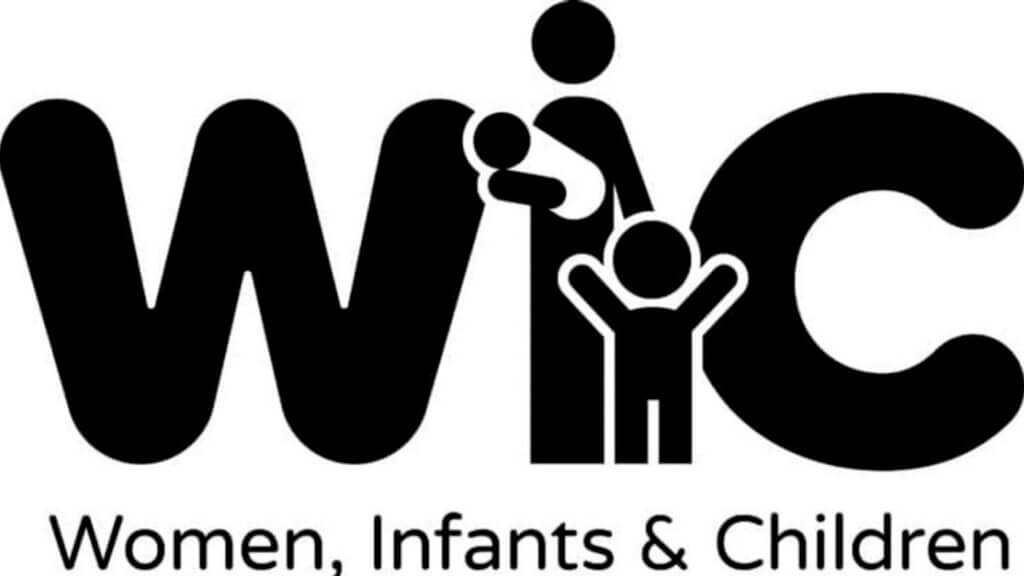WIC Income Limits
In general, an individual who is enrolled in the Food Stamp Program, TANF, or Medicaid meets the income criteria for WIC. However, not everyone who is eligible for these programs enrolls in them.

WIC is a federal program that helps mothers and infants with supplemental food vouchers, breastfeeding support, and nutrition education. The program also provides health screenings, blood work, and referrals to other medical services. It serves all kinds of families, including single parents and LGBTQ families. The Special Supplemental Nutrition Program for Women, Infants, and Children is intended to serve families with inadequate incomes. Eligibility for WIC is based on household size and family income. It also requires an assessment of nutritional risk, as defined by Congress in the Act that created the program.
Applicants must bring proof of their household income, which includes wages, child support and alimony payments, foster care payments, interest withdrawn from bank accounts, unemployment compensation, and military earnings. Applicants may also be required to provide identification and meet residency requirements at the discretion of their local WIC agency.
Applicants who receive benefits from programs automatically income eligible for WIC, such as Medicaid, Temporary Cash Assistance (TCA), and Food Assistance, are presumptively income eligible. Those who do not meet these requirements may be encouraged to apply for Medicaid, which would make them automatically income-eligible for WIC.

How to Determine Your Eligibility?
WIC income limits are based on a percentage of the federal poverty guidelines (FPG). These guidelines are adjusted annually by the Department of Health and Human Services (HHS) and vary by family size. Currently, WIC eligibility requires a family income below 185% of the FPG.
However, there are some variations:
- State Discretion: Each state agency administering WIC can set its income limits at a level between 100% and 185% of the FPG. This means that income limits might vary slightly across different states.
- Categorical Eligibility: If you participate in certain programs like Medicaid, FoodShare, or TANF, you may automatically qualify for WIC regardless of your income.
To find out if you meet the WIC income limits, you can:
Use the online prescreening tool: This tool is available on the USDA website and most state WIC websites. It asks questions about your family size, income, and other factors to determine potential eligibility.
Contact your local WIC agency: They can provide specific income limits for your state and help you determine if you qualify.
Visit a WIC clinic: They can assess your eligibility and assist you with the application process.

WIC Income Eligibility Guidelines
The WIC program is a Special Supplemental Nutrition program that provides nutrition food and education for low-income pregnant, breastfeeding, or postpartum women, infants, and children up to age 5. It also influences the health outcomes of targeted residences by promoting a healthy lifestyle and behavior. If you are already receiving certain benefits programs, you may automatically be income-eligible for WIC. You can use the table below to see if you are eligible.
| Household Size | *WIC Income Eligibility Based on Income Intervals | ||||
| Annual | Monthly | Twice-Monthly | Bi-Weekly | Weekly | |
| 1 | $26,973 | $2,248 | $1,124 | $1,038 | $519 |
| 2 | $36,482 | $3,041 | $1,521 | $1,404 | $702 |
| 3 | $45,991 | $3,833 | $1,917 | $1,769 | $885 |
| 4 | $55,500 | $4,625 | $2,313 | $2,135 | $1,068 |
| 5 | $65,009 | $5,418 | $2,709 | $2,501 | $1,251 |
| 6 | $74,518 | $6,210 | $3,105 | $2,867 | $1,434 |
| 7 | $84,027 | $7,003 | $3,502 | $3,232 | $1,616 |
| 8 | $93,536 | $7,795 | $3,898 | $3,598 | $1,799 |





